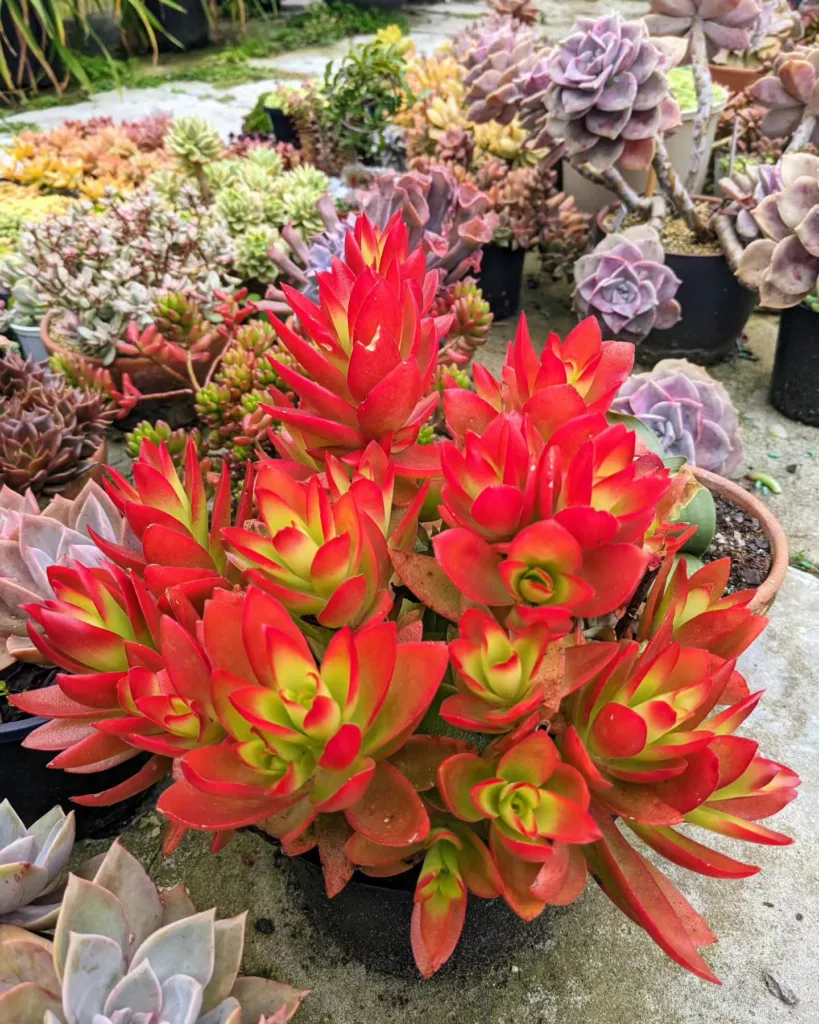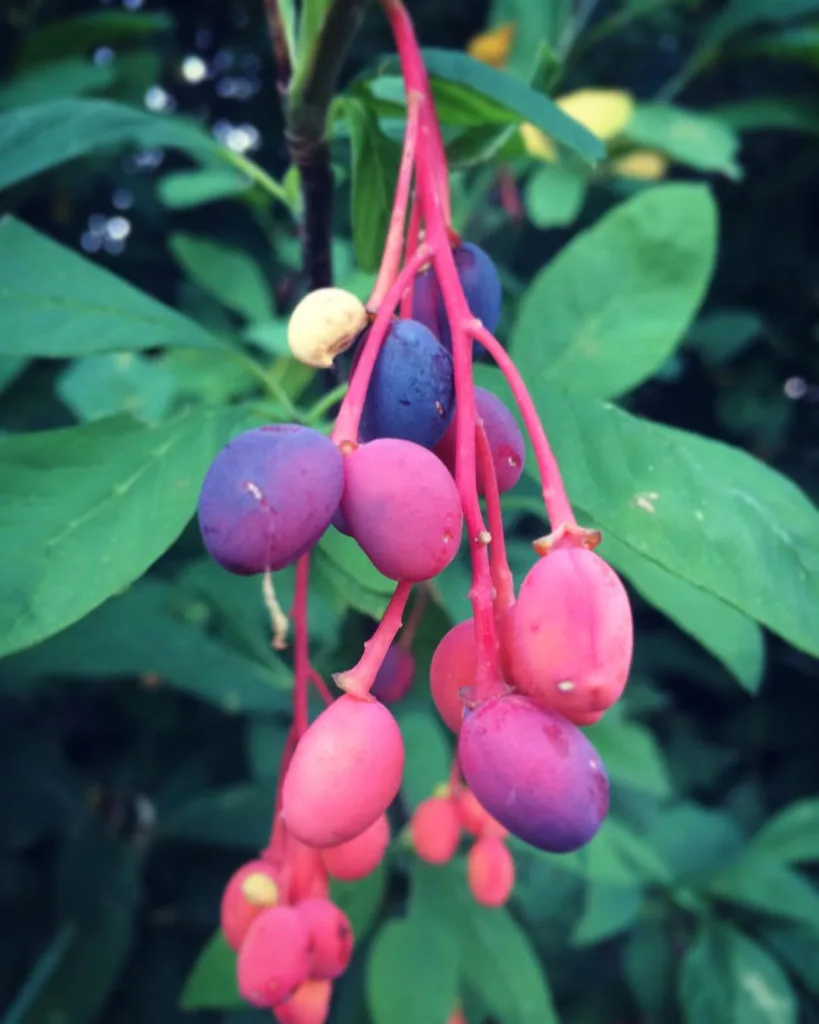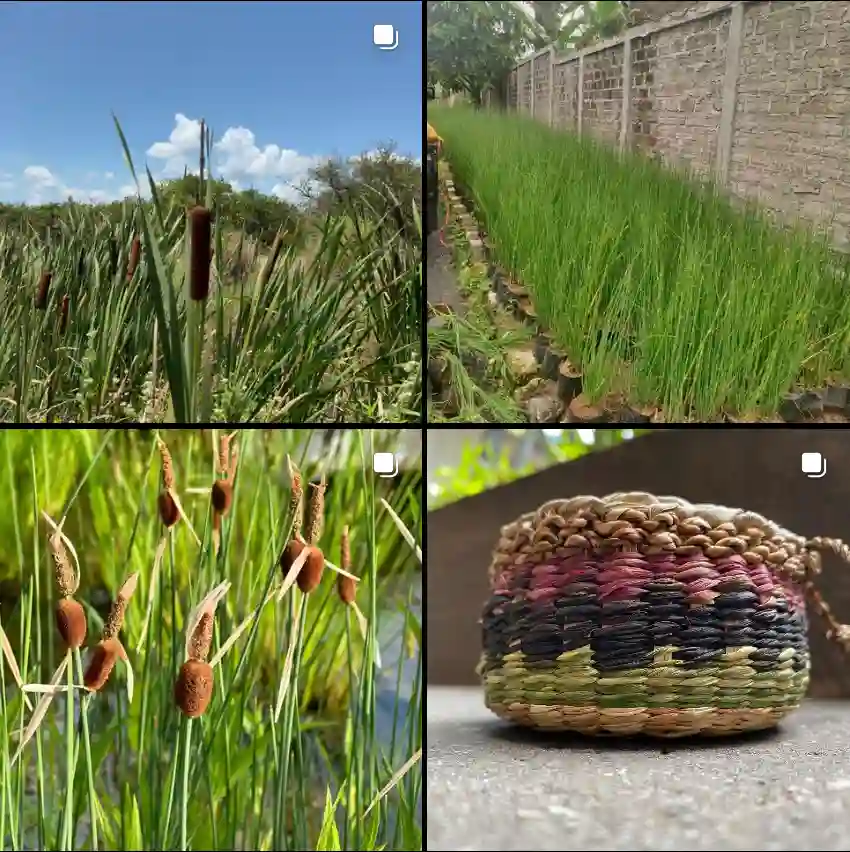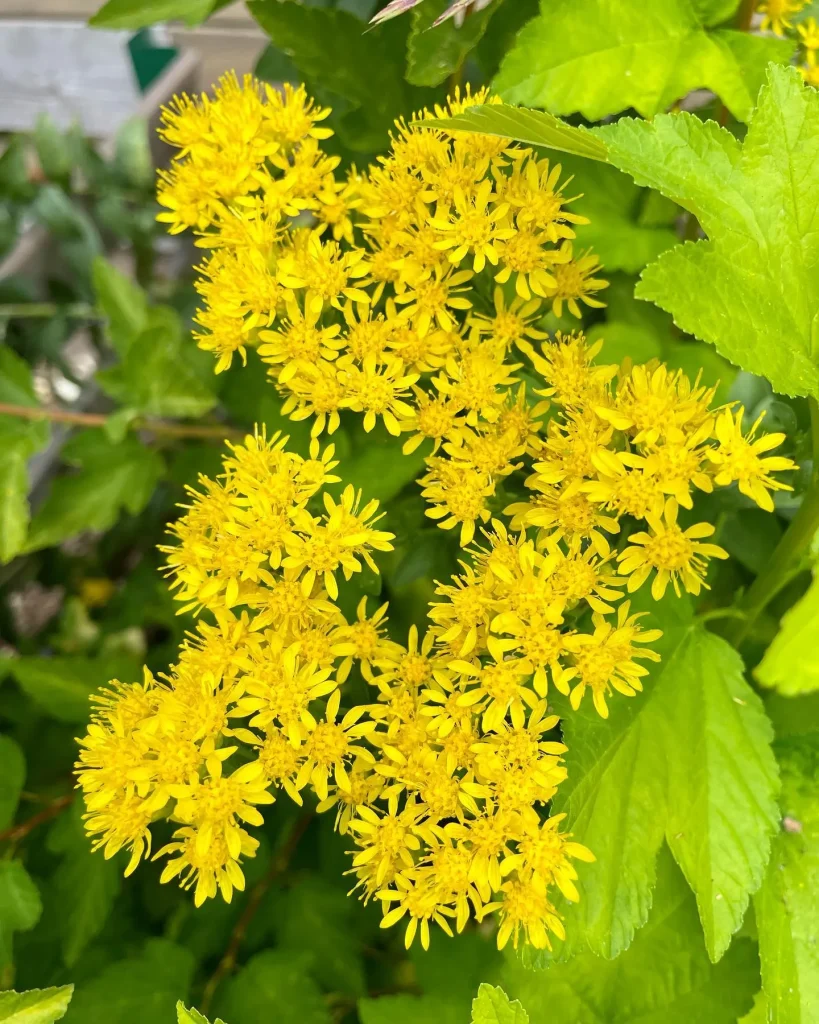
Tillandsia Funckiana: The Wild and Wondrous Air Plant
I’m Ferb Vu, and I’m a sucker for unique plants. That’s why Tillandsia Funckiana, with its wild, twisting form, stole a place in my heart (and on my bookshelf). But what exactly is this funky air plant, and how do you keep it thriving? Let’s untangle the secrets of Tillandsia Funckiana.
690 Species in Genus Tillandsia – Air Plants
What is Tillandsia Funckiana?
Imagine a pine branch that defied gravity, curling and twisting on its journey upwards. That’s Tillandsia Funckiana in a nutshell. This epiphytic bromeliad, native to Venezuela and Colombia, clings to trees and rocks in the wild, absorbing moisture and nutrients from the air.
Its needle-like leaves, soft to the touch despite their appearance, cascade down the twisting stem, creating a truly captivating form. Tillandsia Funckiana comes in various shades of green, with some boasting a subtle blush of red, adding another layer of intrigue to this unique plant.
Tillandsia Funckiana vs. Other Air Plants
While all air plants share a love for the breeze and a dislike for traditional soil, Tillandsia Funckiana stands out from the crowd. Here’s a quick comparison:
- Tillandsia Ionantha: This popular air plant features a rosette shape, a stark contrast to the wild, wispy form of Tillandsia Funckiana.
- Tillandsia Cyanea: Known for its vibrant pink blooms, Tillandsia Cyanea boasts a more structured form compared to the free-flowing Tillandsia Funckiana.
How to Care for Tillandsia Funckiana?
Tillandsia Funckiana might look wild, but its care requirements are surprisingly straightforward. Here’s the lowdown:
- Light: This air plant thrives in bright, indirect sunlight. Think morning sun or dappled afternoon light. Avoid harsh midday sun, which can scorch the leaves.
- Watering: Unlike traditional houseplants, Tillandsia Funckiana doesn’t need constant soil moisture. Instead, soak it for 15-30 minutes 1-3 times a week, allowing it to dry completely between soakings. Increase frequency in summer and decrease in winter.
- Air Circulation: Good air circulation is key to prevent rot. Keep your Tillandsia Funckiana in a spot with good airflow, away from stagnant corners.
- Temperature: This air plant prefers moderate temperatures between 60-80°F (15-27°C). Avoid placing it near heat vents or drafty windows.
Tips for a Thriving Tillandsia Funckiana
Here are some extra pointers to keep your Tillandsia Funckiana happy and healthy:
- Misting: During dry spells, you can mist your Tillandsia Funckiana in between soakings. Just be sure it dries completely before nightfall.
- Fertilizing: A light feeding with a diluted bromeliad fertilizer once a month during the growing season (spring and summer) can give your plant a boost.
- Mounting: Tillandsia Funckiana doesn’t need a pot. You can creatively mount it on driftwood, a piece of bark, or even a seashell. Just ensure it has good air circulation around the base.
Blooming Beauty: What to Expect
Tillandsia Funckiana can reward you with a stunning floral display when mature. It produces a stalk with vibrant pink or purple bracts, followed by small, tubular flowers in shades of blue or purple. The bloom time can vary, but it typically occurs in the spring or summer.
Troubleshooting Tillandsia Funckiana Problems
While Tillandsia Funckiana is a relatively low-maintenance plant, here are some common issues and solutions:
- Brown leaves: This can be caused by underwatering, overwatering, or too much direct sunlight. Adjust your watering schedule and light placement accordingly.
- Mushy leaves: This indicates rot, usually from overwatering or poor air circulation. Improve air circulation and adjust your watering technique. In severe cases, remove the affected parts.
Bringing the Magic of Tillandsia Funckiana Home
With its unique form, air-loving nature, and potential for blooms, Tillandsia Funckiana is a conversation starter for any plant enthusiast. With a little TLC, you can keep this botanical wonder thriving and add a touch of the unexpected to your home decor.
If i die, water my plants!



